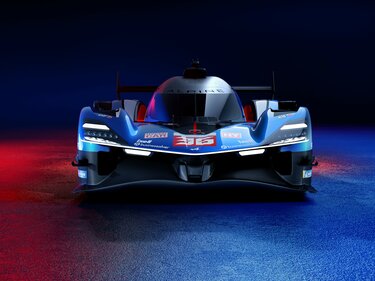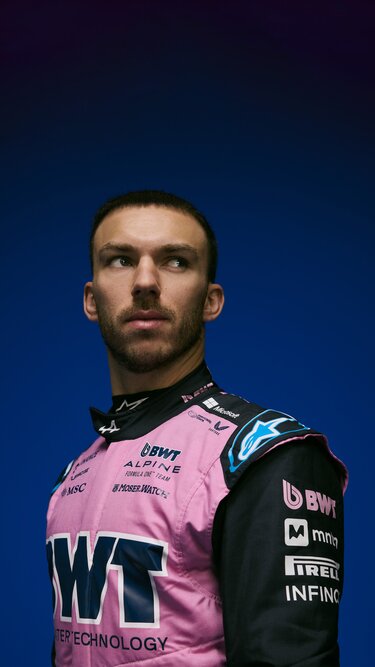
BWT Alpine Formula One® Team
Stoupejte výš
Model Alpine A525 kombinuje odborné znalosti s inovacemi a je ztělesněním lehkosti a maximálního výkonu.

Technologie lehkosti
Podvozek modelu A525 je vyroben z monokoku z uhlíkových vláken a hliníkových voštin. Tým BWT Alpine F1® Team ho konstruuje a vyrábí s ohledem na maximální pevnost a minimální hmotnost.

Posouvání hranic

Ze závodní dráhy na silnici
Vývoj v oblasti aerodynamiky a lehkých materiálů prověřených na závodních okruzích, je součástí každého modelu Alpine s cílem zajistit mimořádný jízdní zážitek.
Naši jezdci
objevte také
WEC

Obchod

Sezóna F1® 2025 – Sledujte nás v přímém přenosu

Naši partneři





